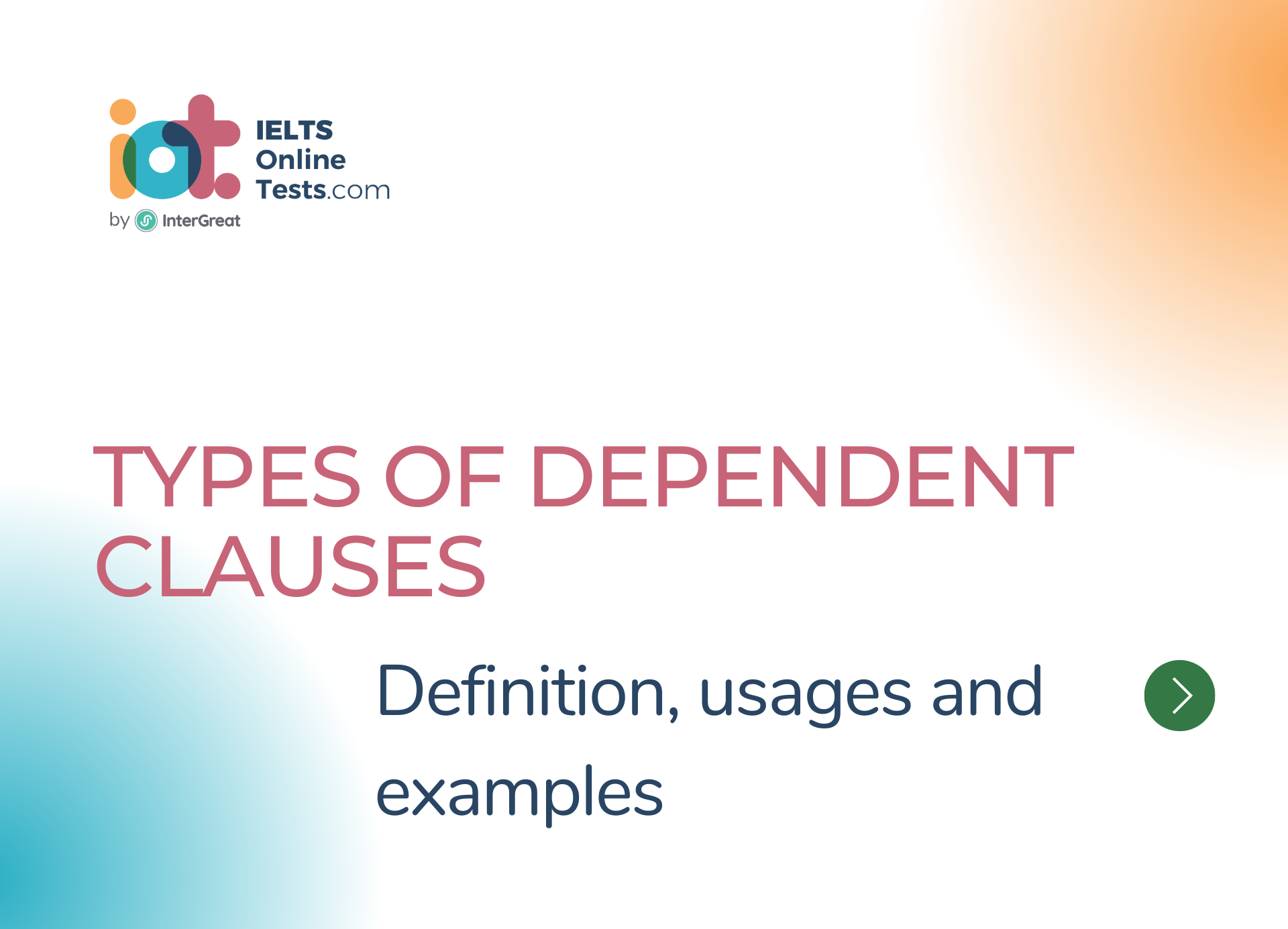
Types of Dependent Clauses
Dependent clauses, also known as subordinate clauses, can be categorized into three main types based on their grammatical functions within a sentence: noun clauses, adjective clauses, and adverb clauses.
Here's more information about each type:
Noun Clauses:
- Noun clauses function as nouns within a sentence. They can act as the subject, object, or complement.
- They answer questions such as "who," "what," "when," "where," "why," and "how."
- Examples:
- Subject: "What she said surprised me."
- Object: "I know what she said."
- Complement: "Her main goal is to succeed."
Adjective Clauses:
- Adjective clauses, also called relative clauses, modify nouns or pronouns. They provide additional information about the noun or pronoun they are modifying.
- They are introduced by relative pronouns (e.g., who, whom, whose, which, that) or relative adverbs (e.g., where, when, why).
- Examples:
- "The book that she is reading is interesting."
- "The house where I grew up is now for sale."
Adverb Clauses:
- Adverb clauses modify verbs, adjectives, or other adverbs. They provide information about time, place, manner, condition, reason, purpose, or contrast.
- They are introduced by subordinating conjunctions (e.g., because, if, when, although, since, while, etc.).
- Examples:
- Time: "He left when the movie ended."
- Place: "She looked wherever she could."
- Reason: "I didn't go to the party because I was tired."
These types of dependent clauses enhance sentence structure by adding depth, specificity, and additional information. They allow for complex and varied sentence constructions, providing a more precise and nuanced expression of ideas. Understanding the different types of dependent clauses helps in constructing well-formed and cohesive sentences.




